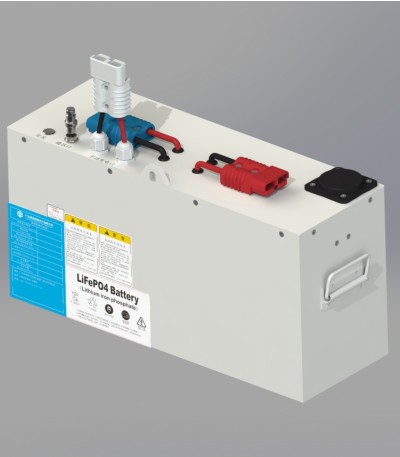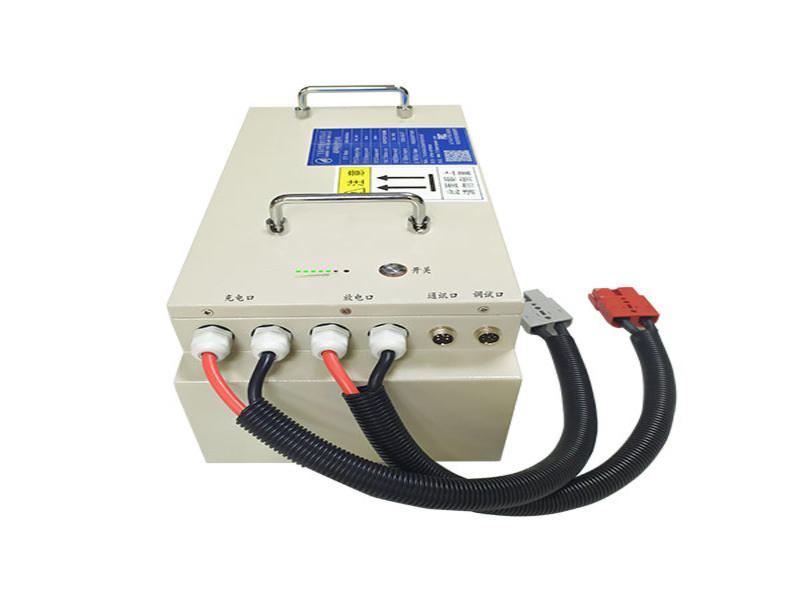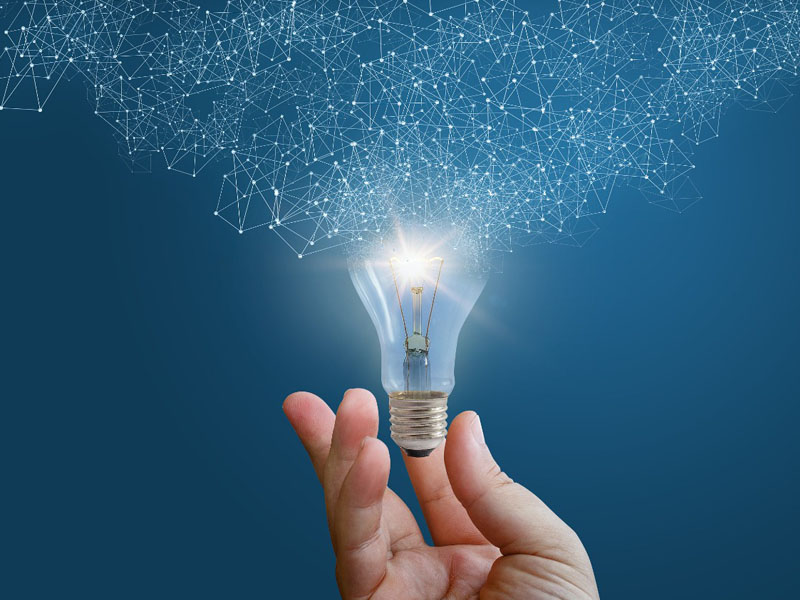 Energy storage lithium battery
Apr 13, 2023
Energy storage lithium battery
Apr 13, 2023
As shown in the data of CCA, the downstream sales of 3.521 million new energy vehicles, up 158% year-on-year, led to a significant increase in power battery shipments; in the field of energy storage, driven by policies such as carbon peak and carbon neutral, a large number of energy storage projects have been expanded and landed; in the digital field (including power tools), the localization of lithium batteries for power tools has accelerated, resulting in 2021 China's lithium batteries in power, digital, and Li-ion battery in power, digital, energy storage and other fields have achieved more than expected growth. China's Li-ion battery market in 2021 has been comprehensively sorted out according to the "2022 China Li-ion Battery Industry Market Research and Analysis Report" released by Gao Gong Industry Research Institute of Lithium Power.
In 2021, China's lithium battery shipments will be 327GWh, up 130% year-on-year, according to GGII statistics. In 2022, China's lithium battery shipments are expected to exceed 600GWh, with a year-on-year growth rate expected to exceed 80%. It is expected that China's lithium battery market shipments will exceed 1,450 GWh in 2025, with a compound growth rate of over 43% in the next four years.
From the specific application areas, new energy vehicles, 3C digital field, energy storage, small power and electric tools are the main downstream application markets of lithium batteries.
一, New energy vehicle end of the demand for lithium batteries continue to increase, accounting for 69% in 2021
Power battery shipments for new energy vehicles continue to increase. 226 GWh of power batteries for vehicles will be shipped in China in 2021, up 183% year-on-year, accounting for 69% of China's lithium battery market, far exceeding other application terminals, and the share is expected to rise further.
二, Mainstream power tool companies such as TTI moved their industrial chains to China, driving a 124% year-on-year increase in power tool shipments
In 2021, 11GWh of lithium batteries for domestic power tools will be shipped, up 96% year-on-year. The main reasons for the significant growth in the lithium battery market for power tools are:
1) Gradually international power tool terminal enterprises led by TTI have shifted their industrial chain to China, promoting the domestic lithium battery industry for power tools to accelerate industry transformation and layout;
2) Electric tools gradually switched from wired to wireless, and wireless power tools have higher power requirements, which led to an increase in the number of batteries used in individual power tools, driving up the shipment of lithium batteries; 3) Foreign lithium battery enterprises for power tools, represented by LG, SDI and Panasonic, gradually contracted their production lines for power battery production after 2020, reducing the supply of cylindrical batteries for power tools. This reduced space is rapidly occupied by domestic cylindrical battery enterprises, and domestic substitution rises;
(4) With the continuous progress of domestic cylindrical battery technology, the cost continues to decline and the cost performance is improved, leading to an increase in overseas exports of lithium batteries for power tools.
三、Energy storage lithium battery shipments increased 196% due to the impact of environmental policies such as double carbon
China's energy storage battery market shipments are 48GWh in 2021, up 196% year-on-year. Compared to 2020, the rapid growth of the power storage market is the main reason for the growth of domestic lithium battery shipments for energy storage.
The main reasons for the significant year-on-year growth of power energy storage in 2021 are: 1) the promotion of double carbon and other environmental protection policies, a significant increase in national power storage projects; 2) domestic and foreign base station side enterprises to increase the scale of procurement (such as towers, mobile, Unicom, etc.), driving base station side shipments to grow by more than 60% year-on-year; 3) distributed energy storage field focus on supporting photovoltaic, decentralized wind power and other fields, the formation of distributed scenery storage system;; (4) power storage side of the overseas market demand continues to be strong, the proportion of exports increased.
According to the raw material point of view, the epidemic was gradually controlled in 2021 and the new energy market was growing at a rate beyond expectations, resulting in a tight supply and demand chain for new energy upstream and downstream, which caused prices of primary raw materials to rise, driving part of the main material prices to continue.
From the perspective of the technical route, the proportion of lithium iron phosphate batteries rose sharply to 52% and ternary lithium batteries accounted for 48%, for the following reasons:
(1) Upstream raw materials for lithium batteries, such as electrolyte, cathode, cathode, fluid collection and other materials prices rose by more than 25%, the pressure on power battery companies to reduce costs increased, lithium iron phosphate batteries have a lower cost, the cost-performance advantage is obvious;;
(2) lithium iron phosphate batteries have higher safety compared to ternary batteries, from the safety point of view, consumers choose more lithium iron models, which in turn led to the increase in material shipments;
(3) driven by the increase in sales of terminal models, such as BYD Han, BYD Qin, lithium iron version of model 3, lithium iron version of model Y and Hongguang MINI EV and other models of best-selling, driving lithium iron phosphate power battery shipments to enhance, crowding out the ternary power battery market share.

 Energy storage lithium battery
Apr 13, 2023
Energy storage lithium battery
Apr 13, 2023
 Types of new energy vehicle batteries? Kinds of new energy car batteries and their characteristics
Aug 30, 2022
Types of new energy vehicle batteries? Kinds of new energy car batteries and their characteristics
Aug 30, 2022
 Ternary lithium battery or lithium iron phosphate battery for the same price
Jul 21, 2022
Ternary lithium battery or lithium iron phosphate battery for the same price
Jul 21, 2022